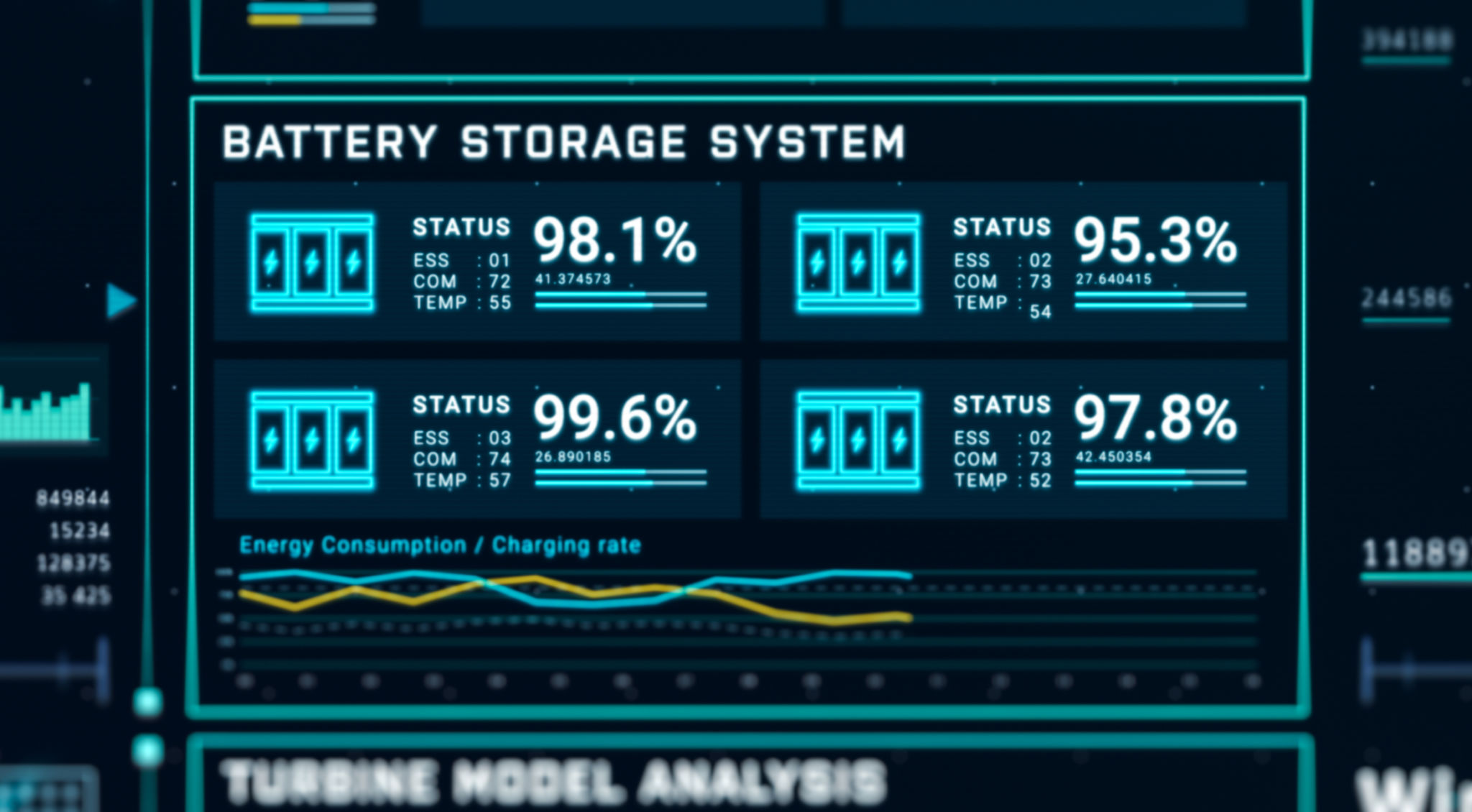The Rise of Data in Soccer: How Analytics is Changing the Game
Introduction to Data Analytics in Soccer
In recent years, the landscape of soccer has undergone a significant transformation, largely due to the rise of data analytics. What was once a game dominated by physical prowess and tactical acumen is now increasingly influenced by numbers and algorithms. Teams around the world are leveraging data to gain a competitive edge, enhancing everything from player performance to strategic decisions.
Data analytics in soccer involves the collection and analysis of various metrics related to the game. These metrics can include player movements, pass success rates, shot accuracy, and much more. As technology advances, the depth and breadth of available data continue to expand, offering new insights into the beautiful game.

The Impact on Player Performance and Development
One of the most profound impacts of data analytics in soccer is on player performance and development. Coaches and analysts use data to tailor training programs to individual needs, focusing on areas that require improvement. This personalized approach helps players enhance their skills more effectively than traditional methods.
Moreover, data analytics enables teams to monitor player fitness and reduce injury risks. By analyzing workload and recovery patterns, clubs can optimize training schedules to ensure players are at their peak when it matters most. This proactive approach not only improves performance but also extends careers.

Scouting and Recruitment Revolutionized
The scouting and recruitment process has also been revolutionized by data analytics. Clubs now rely on data-driven insights to identify potential talent across the globe. By analyzing player statistics and performance metrics, scouts can make informed decisions, reducing the risk associated with new signings.
This data-centric approach enables clubs to discover hidden gems who may have been overlooked through traditional scouting methods. It also allows teams to assess whether a player’s style and attributes align with their tactical philosophy, ensuring better integration into the squad.
Tactical Decision-Making Enhanced by Data
Tactical decision-making is another area where data analytics is making a substantial impact. Coaches can access detailed reports on opponents’ strengths and weaknesses, enabling them to devise strategies that exploit vulnerabilities. This level of analysis goes beyond what can be observed with the naked eye, providing a comprehensive understanding of the game.
Teams can also adjust their tactics in real-time during matches by utilizing live data feeds. This agility allows coaches to make informed substitutions or tactical tweaks that can turn the tide in their favor. Such strategic advantage is invaluable in high-stakes competitions.

Fan Engagement and Experience
Data analytics doesn’t only benefit teams; it enhances the fan experience as well. Broadcasters use analytics to provide viewers with deeper insights into matches, offering statistics and visualizations that enhance understanding and enjoyment of the game.
Clubs are also using data to engage with fans more effectively through personalized content and interactive experiences. By analyzing fan behavior and preferences, teams can tailor their marketing strategies, creating stronger connections with supporters.
The Future of Soccer in a Data-Driven World
As technology continues to evolve, the role of data in soccer is set to grow even further. Innovations such as artificial intelligence and machine learning are likely to introduce new dimensions to data analysis, providing even more precise insights into the game.
The future promises a more analytical approach across all levels of soccer, from grassroots to the professional stage. Embracing data will be crucial for teams aiming to stay ahead in an increasingly competitive environment.

